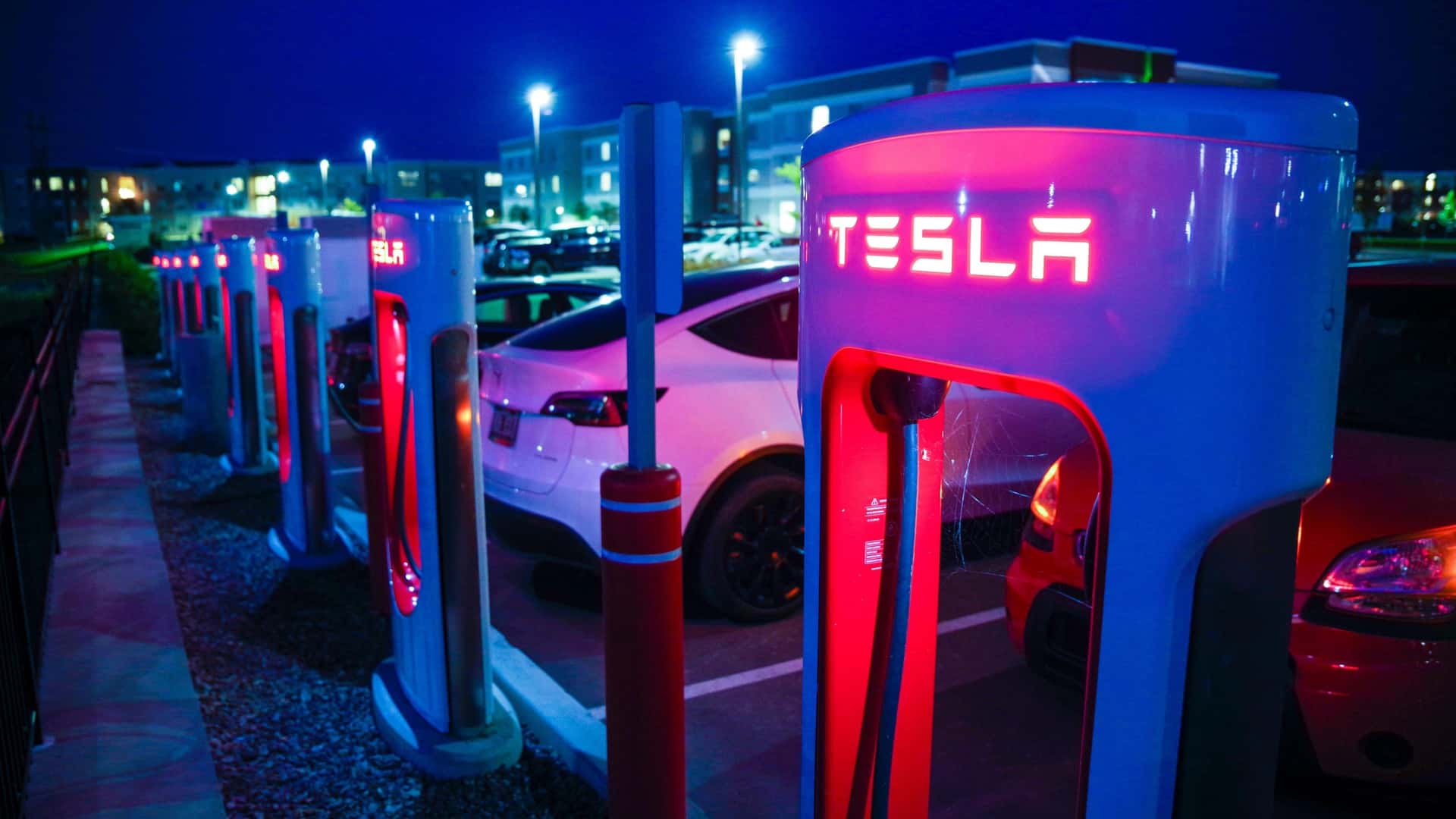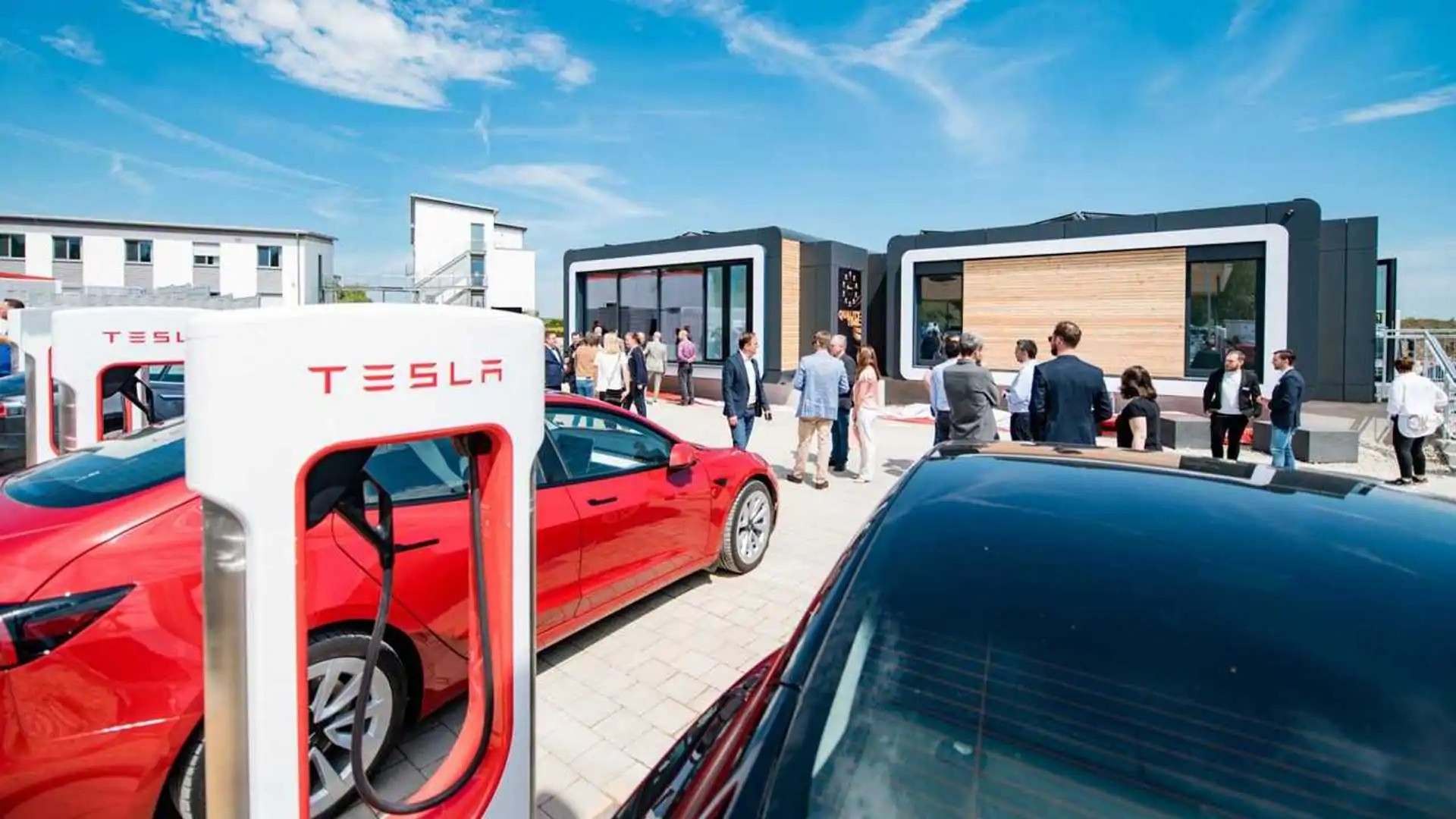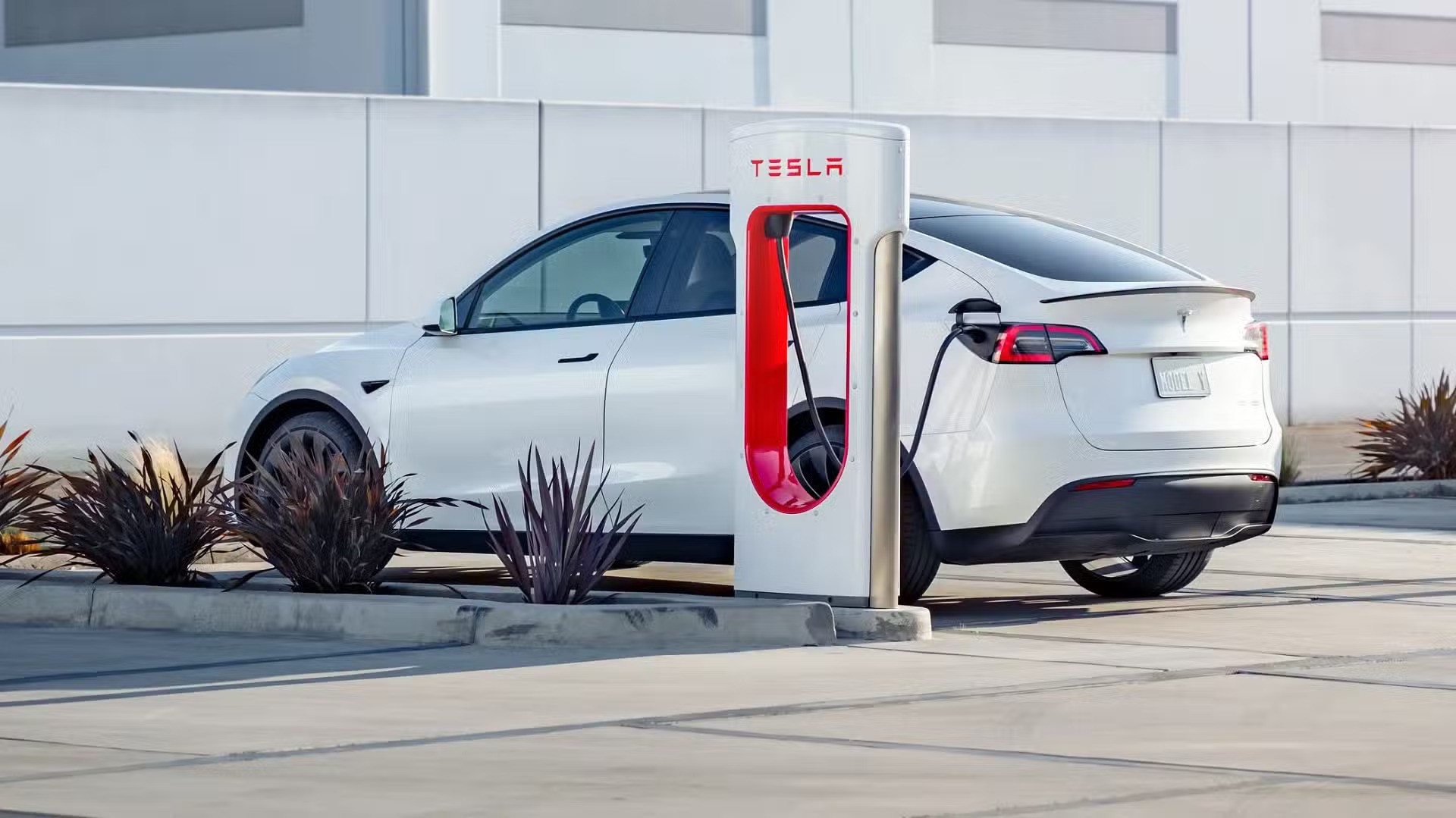Tesla’s biggest success in 2023 was landing a deal with other global brands to switch to Tesla’s NACS electric vehicle charging standard. But the person behind that success – Rebecca Tinucci – and much of the rest of Tesla’s Supercharger workforce have just been laid off.
In a surprise move Tesla laid off its entire workforce responsible for maintaining and developing its Supercharger public fast-charging network, a workforce estimated to number around 500 people. Multiple reputable sources in the US have confirmed the story and CEO Elon Musk has since commented on it.

If there’s one element of the Tesla user experience that has been consistently praised and rarely criticized, it’s been Tesla’s public Supercharger network. Photo: InsideEVs
According to the US billionaire, Tesla has to make deep cuts right now and after marketing, the charging team is the next on the list. In all, Tesla plans to cut 10% (or around 14,000 jobs) of its workforce globally across manufacturing, administrative, and other non-hourly roles.
However, Elon Musk/Tesla’s decision to hit the Supercharger team at this time is seen as particularly ill-timed. The landmark deal Tesla struck to convince GM, Ford, and others to use Tesla-style charging ports promises to be a huge future revenue generator for them.
Selling licenses, charging service fees, building proprietary charging stations on demand, etc., could bring in billions, perhaps tens of billions of dollars, for Tesla in the future. But without a team to maintain and expand it, how much of the potential of that deal will Tesla be able to capture?

Tesla has a public fast-charging infrastructure network that no other automaker can match globally, yet CEO Elon Musk appears to have given up on it. Photo: InsideEVs
Moreover, the reliable and relatively comprehensive Supercharger network is also a big reason why many buyers chose Teslas over other EVs in the past. Scaling back the rollout of new fast-charging stations and focusing on maintaining existing stations – as Elon Musk has also just confirmed – is likely to be unpopular with customers.
According to CEO Elon Musk, the money saved from the layoffs will be used to ensure the existing network of stations is maintained. But with all the experienced people who used to maintain it now laid off, who exactly will be doing that?
Based on current Tesla vehicles, the CEO should probably cut elsewhere, such as design and quality control. Tesla vehicles, since the company was a start-up, have been a bit of a quality lottery. Most are fine, but a worrying number of cars are delivered with all kinds of faults, including basic fit and finish issues such as body panels that don’t line up.

As global automakers attempt to build out their own robust fast-charging networks, Tesla’s laid-off Supercharger workforce is likely to be in high demand. Photo: Tesla
Moreover, in their current guise, all Tesla models have had almost exactly the same interior and exterior design since they were first introduced. Tesla is almost unique in the world in not updating its products significantly every year or mid-cycle.
Elon Musk’s focus on AI and autonomy, and his pivot to Tesla becoming a robotaxi company, could leave the US brand with nothing to fall back on in the future if that gamble doesn’t pay off.












